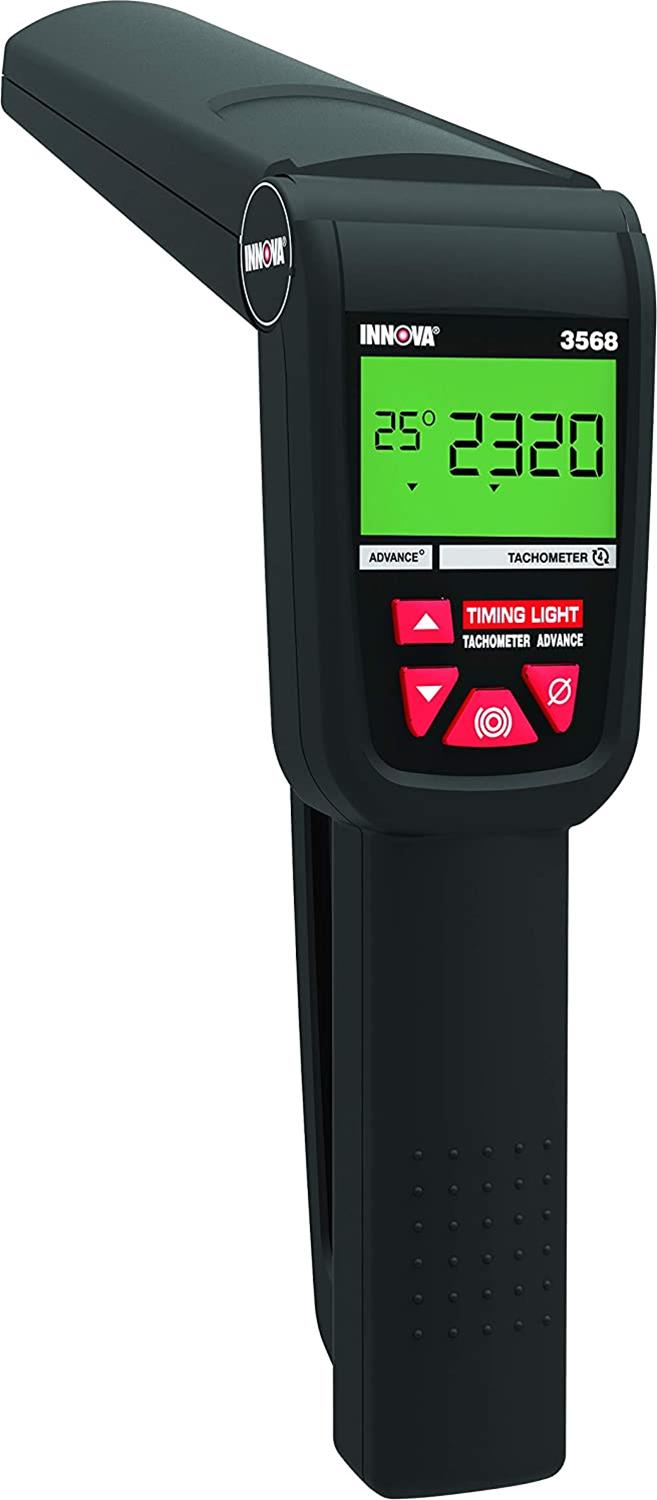Noted, though the summer temps and shade in Phoenix are a bit different than Flagstaff or even Kayenta, so I'm not sure if you're stupid-hot in the summers like us or more human-compatible. (I used to live in Farmington, NM, and love Sedona!)
OK, so it really looks like a return system along with shielding the fuel lines will really help with any fuel boil or evaporation regardless of a FI system or a carb, so a good place to start. I also need to know where my timing is, though at this point that'll just be data and I'll need help understanding what that means. But I want to go to your statement about electrical caused by temp, because based on the conversation the temps seem to be the root of the problem (high temp causes fuel boil, vapor lock, possible expansion in the coil and distributor, i.e. electrical problems). It seems to me that getting the temps down into more of a 190* range will help resolve, if not solve, a lot of the other problems. Am I right in that line of thought? If so, shouldn't the vast part of the initial effort be to get the heat knocked down first and see how the motor reacts before chasing down issues that may resolve from that?


















